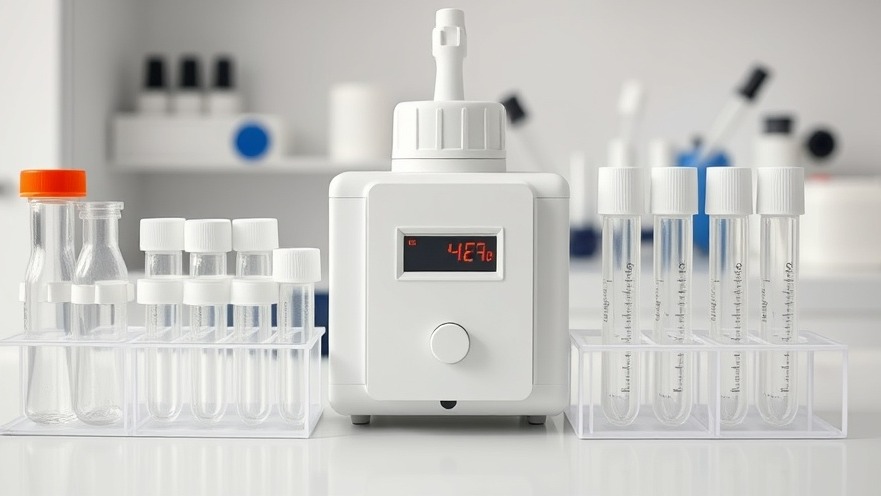
Revolutionizing Sports Medicine: The OxiDx Fingerprick Test
In the fast-paced world of sports medicine, knowing exactly when an athlete has fully recovered from strenuous activity can make all the difference. Australian researchers are pioneering this precision with the introduction of the OxiDx fingerprick blood test. Designed specifically for elite athletes, this test detects unseen muscle damage, allowing for a more tailored and safe return to training. By measuring biomarkers in the blood, OxiDx stands to revolutionize how athletes monitor recovery, surpassing traditional methods that relied on estimation.
Understanding Exercise-Induced Muscle Damage (EIMD)
Exercise-induced muscle damage (EIMD) is a familiar concern for athletes, especially marathon runners who face significant muscle stress. This condition not only impairs performance but also heightens the risk of further injuries if recovery isn't complete. Traditional indicators like muscle soreness and decreased muscle force provide a delayed view into recovery progress. With the OxiDx test, the immediate measurement of oxidative stress provides critical, real-time insights.
Future Implications and Technological Advancements
The development of the OxiDx test is a watershed moment in sports medicine, particularly exciting for health practitioners dedicated to advancing patient care. The application of this fingerprick blood test extends beyond marathon runners, potentially benefiting various athletes, from football players to equestrians, who experience varying rates of muscle recovery. Looking ahead, Proteomics International aims to introduce the OxiDx test in Australia by mid-2025, setting new standards in sports science.
A Pioneering Approach to Athletic Recovery
Dr. Richard Lipscombe, Managing Director of Proteomics International, emphasizes how the OxiDx test could fundamentally change sports recovery strategies. Unlike any product on the market, this patented technology innovatively leverages blood biomarkers to map out precise recovery timelines. By preventing early returns to training, which can lead to further injuries, athletes can maintain optimal performance levels, minimizing downtime.
Why This Matters to Health Practitioners
Staying abreast of technological advances in sports medicine is crucial for health practitioners who guide athletes through recovery. The integration of the OxiDx test into regular sports recovery routines promises to end repetitive injuries and extended recovery times. This tool exemplifies the future of recovery management, and understanding its mechanics helps medical professionals provide actionable, patient-specific advice that enhances overall well-being and athletic performance.
 Add Row
Add Row  Add
Add 






Write A Comment